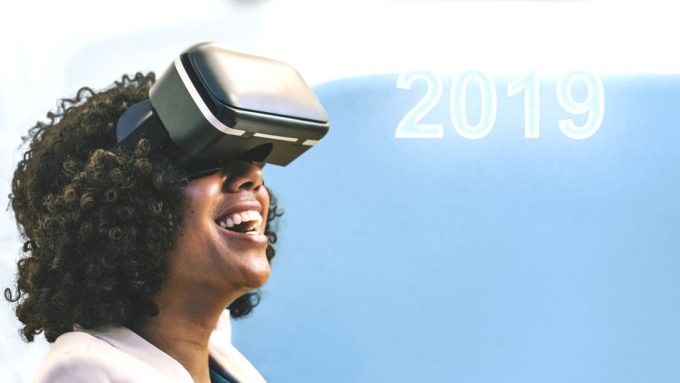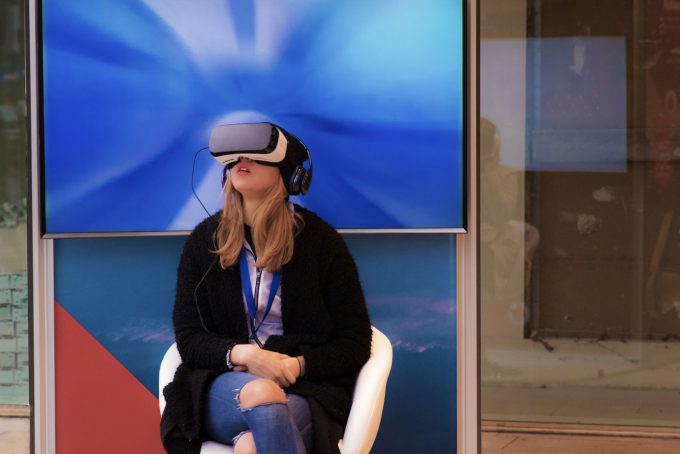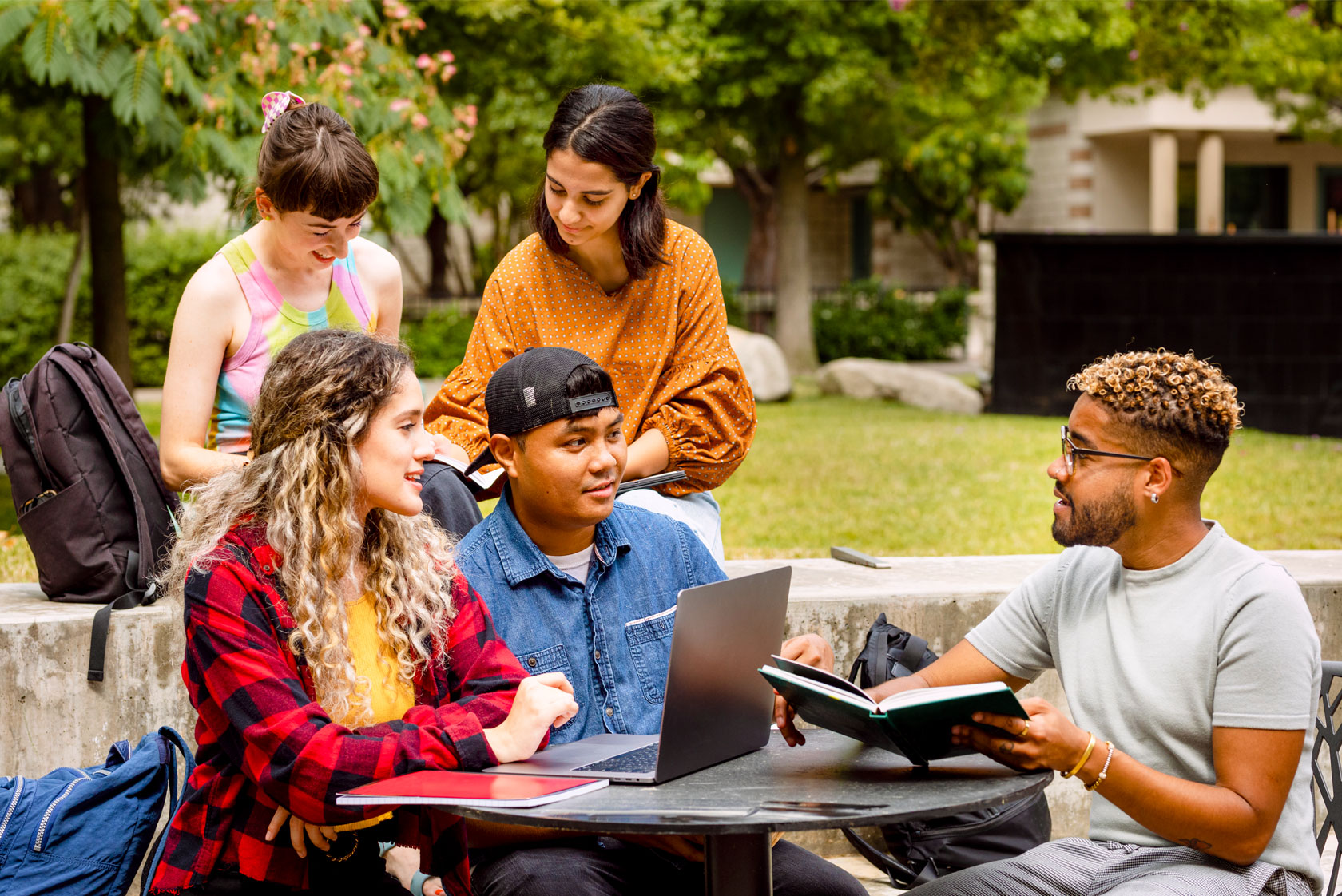
User Experience for Libraries: Insights from the University Library of the Cergy Paris University
The library of the Cergy Paris University was just about to take off with user experience, then COVID-19 came along. Nicolas Brunet-Mouyen tells us today in an interview how things went on. He also reveals his three most important learnings and gives tips on how newcomers can get started with UX.
Interview with Nicolas Brunet-Mouyen

User experience (UX) in libraries all over the world is a complex topic. That’s why we’ve been dealing about UX a lot lately on MediaTalk. All MediaTalk contributions can be found under the keyword User Experience.
Today we are talking to Nicolas Brunet-Mouyen from the library of the Cergy Paris University, who started the “UX mission” with a usability audit among library staff shortly before the corona pandemic hit. He found a good book to start with and formed working groups. Just as he was about to start his UX work with students, the pandemic made all on-site activities impossible.
In the interview, Nicolas reports how he still managed to make the library more user-friendly. He also reveals why it is so important that students’ basic needs for light, warmth or more space, for example, must first be satisfied before it makes sense to confront them with improving library services.
Nicolas, you are working in the field of User Experience (UX) in the library of the Cergy Paris University. When and why did you start? What does that mean practically?
When I started working at the library of the University of Cergy (CY), three years ago, I started with the communication management of the library (website and social networks). By promoting the services and activities of the library, I realised that the library did not offer enough services that were designed for users, or even sometimes that required an effort to understand them!
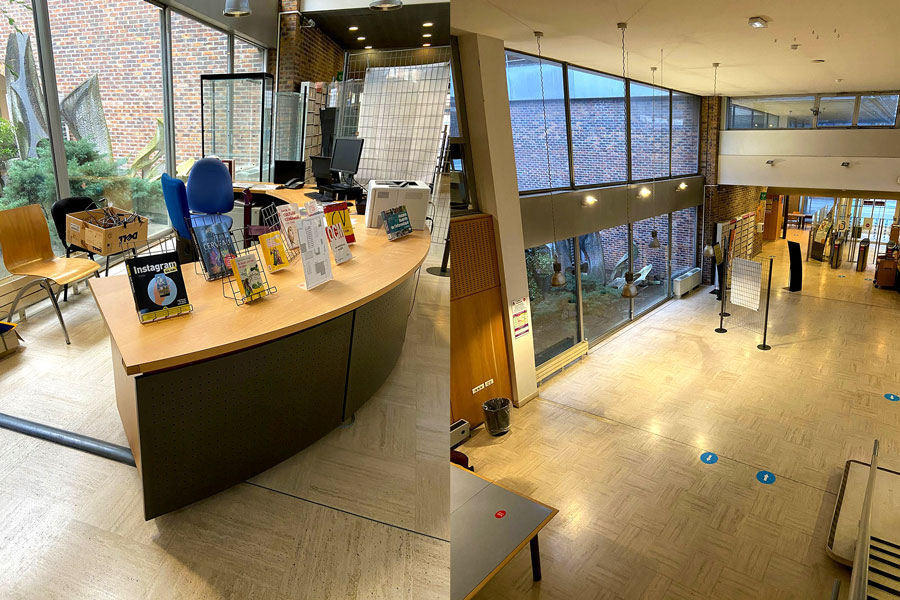
Entrance and Desk of the Library of the Cergy Paris University, Photographer: Nicolas Brunet-Mouyen
I couldn’t solve everything with communication so we decided with my manager to think about the user experience to improve our services. This is now my main mission.
What are your goals with UX? Did you achieve them? Which UX methods do you apply at your library?
My first goal was to do a “usability audit” with all the librarians. For me it was important because I realised that many of the librarians did not see that our services no longer corresponded to users’ expectations. For this, I used the book “useful, usable, desirable: Applying User Experience Design to Your Library” by Aaron Schmidt and Amanda Etches (from the French translation, produced in 2016, directed by Nathalie Clot).
I organised several working groups where librarians were asked to record their observations to find out:
- if the spaces are clean and welcoming,
- if the signage is simple and user-friendly,
- if the rules are easy to apply.
I also asked someone who had never been in a library to take a walk through it with a goal to achieve, and then I spoke with her to understand what the difficulties were. Unfortunately with the coronavirus, this work was then interrupted.
Can you give us a practical example that worked, where you applied UX to solve a problem?
Because of the COVID-19 pandemic, I was unable to work with the users and I mainly worked with the librarians only. The observation work made it possible to review the organisation of the help and welcome desks, such as removing certain items that unnecessarily cluttered the library. It also allowed some analytical work on the management of collections and the need to provide more space for users.
To apply UX methods, you need library users who are willing to participate. How do you manage to find and motivate them?
Unfortunately, I started my UX mission just before the first lockdown and haven’t had the opportunity to work with users directly yet. To find users (university students for our library), we will call on student associations. We also have students employed by the library to welcome and inform users, they often have a different perception of the problems and often have very good initiatives to solve them!
What are the – lets say – three most important lessons you have learned from applying user experience methods in the Library of the Cergy Paris University?
- The first lesson is “we are not our users”. Often, we set up a procedure by saying to ourselves “we know, it will work”, and of course, it does not work…
- The second is that it is difficult to solicit user participation. Users see fewer problems than we do and often mostly need services related to comfort (heating, light …), which the library does not fully understand, because the buildings are managed by another university department. If we can’t provide that initial comfort, then how can we ask them to think about other services…
- The third is that it is important to consider both users and librarians. Some librarians see the changes as extra work. You always have to be careful about the balance between paying attention to users and the work that it takes for librarians to organise and deliver the service.
Have you also used methods that did not work at all? What have been your biggest or funniest fails?
We wanted to create a space for the students to relax, and we designed this space only from observations made on their behaviour. We thought it was going to respond to what we had observed but in the end it doesn’t work and there is never anyone in this space.
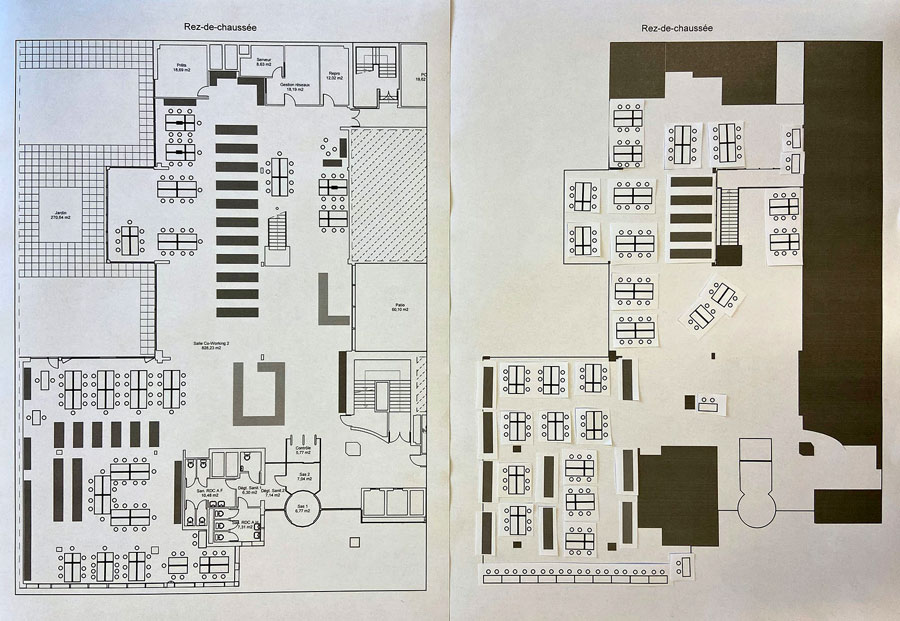
Creation of space at the Library of the Cergy Paris University, Photographer: Nicolas Brunet-Mouyen
As I said earlier, I think we made the mistake of not considering their “primary” expectations, by having a warm and welcoming space as a whole. Just adding a small welcoming part in a big space that isn’t, it can’t work.
What are your tips for libraries that would like to start with UX? What is a good starting point?
For me, it all started with watching Twitter, which allowed me to understand what is being done and offered in other libraries. Then I followed a training course with Nathalie Clot, director of the Angers University library, to understand and use UX methods. Angers Library also publishes a lot of useful information and shares its UX experiences on its blog BUApro (French). I also learned a lot from Nicolas Beudon (French), who works with UX methods.
Read more about UX in libraries
- The Hashtags #libux, #uxlib and #uxlibs on Twitter are filled with active conversations and ideas about UX in libraries.
- User Experience in Libraries: Insights from the Digital Finna Services at the National Library of Finland
- User Experience for Libraries: A Multi-site Approach at the University of Westminster
- User Experience in Libraries: Insights from the Library of the University of Amsterdam
- User Experience in Libraries: 4 Best Practice Examples from the ZBW
- User Experience for Libraries: The Best Tools and Methods for Beginners
Nicolas Brunet-Mouyen is working in the Library at the Cergy Paris University, where he deals with user experience, among other things. After studying at an art school, Nicolas Brunet-Mouyen worked for ten years making websites for universities. For three years, he converted to the profession of librarian, but mainly for the management of public services. He continues his artistic work in parallel. He can also be found on LinkedIny and Twitter.
Portrait: Nicolas Brunet-Mouyen©
View Comments
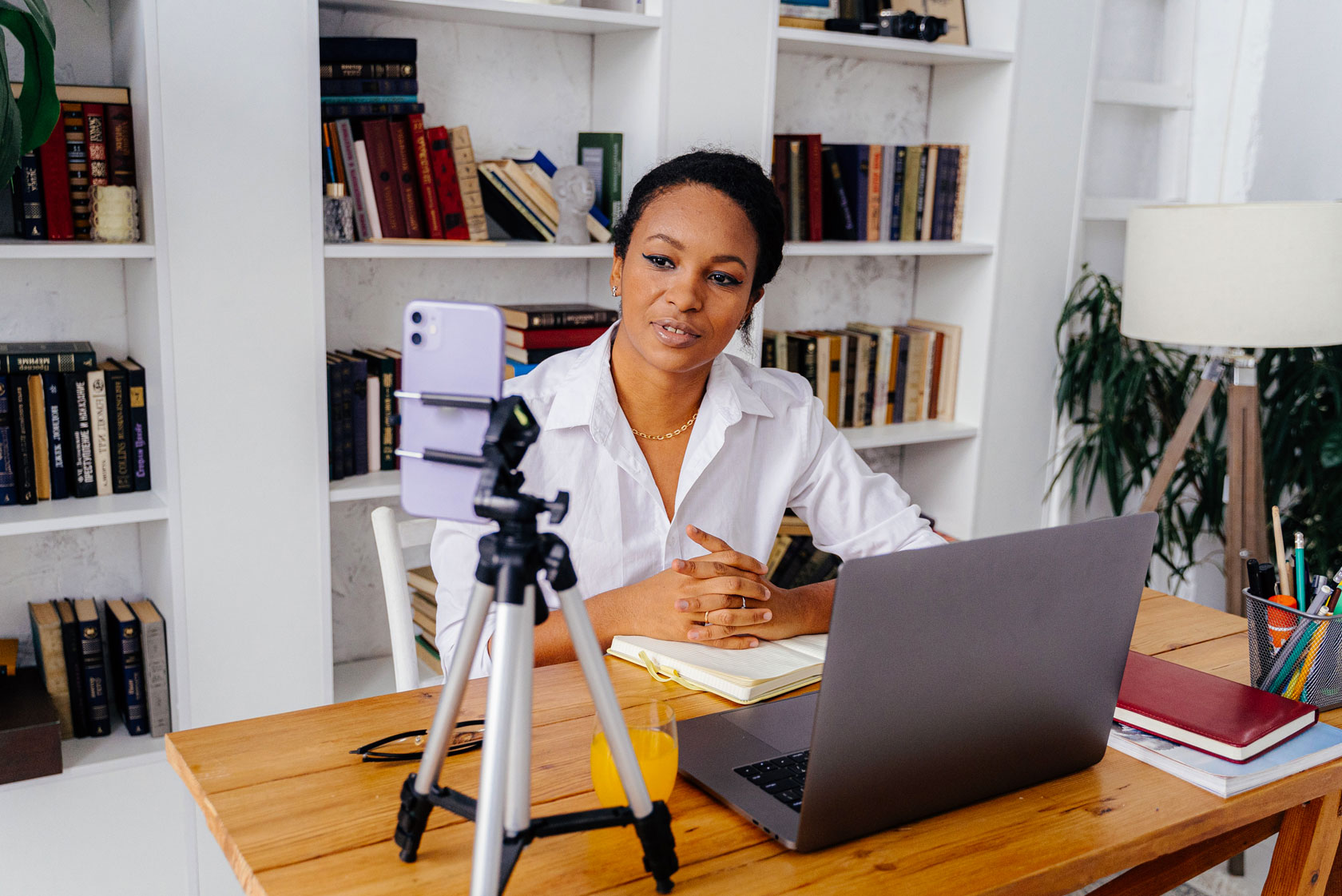
Open Access Days 2021: Highlights and Most Interesting Topics
The theme of “Participation” was the unifying element of the Open Access Days 2021....


